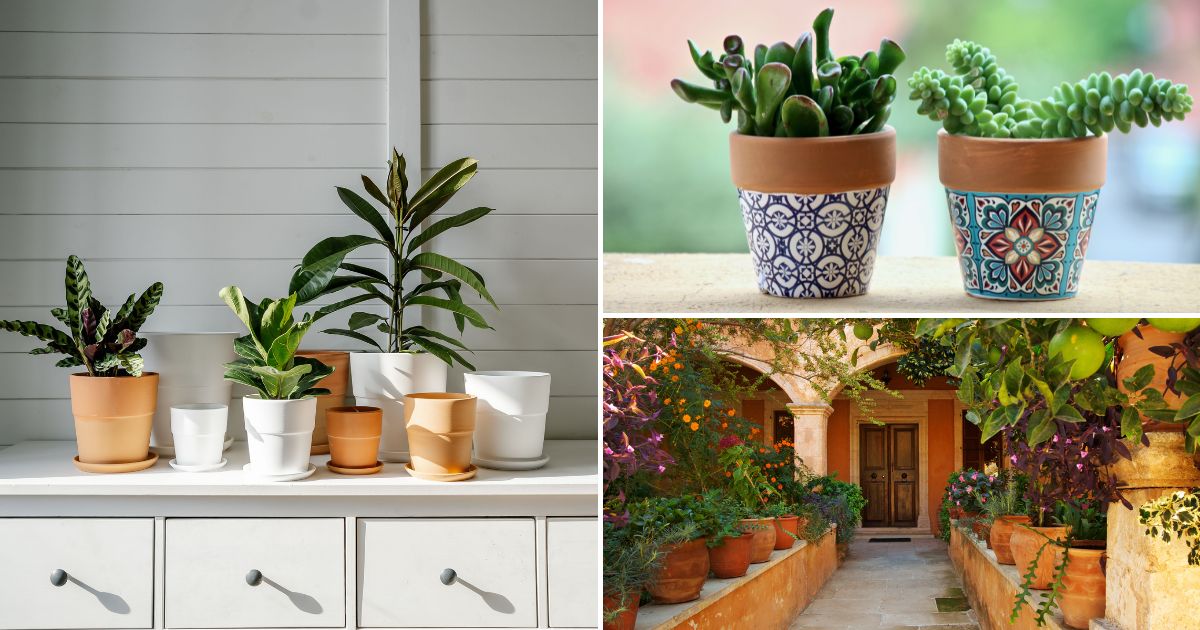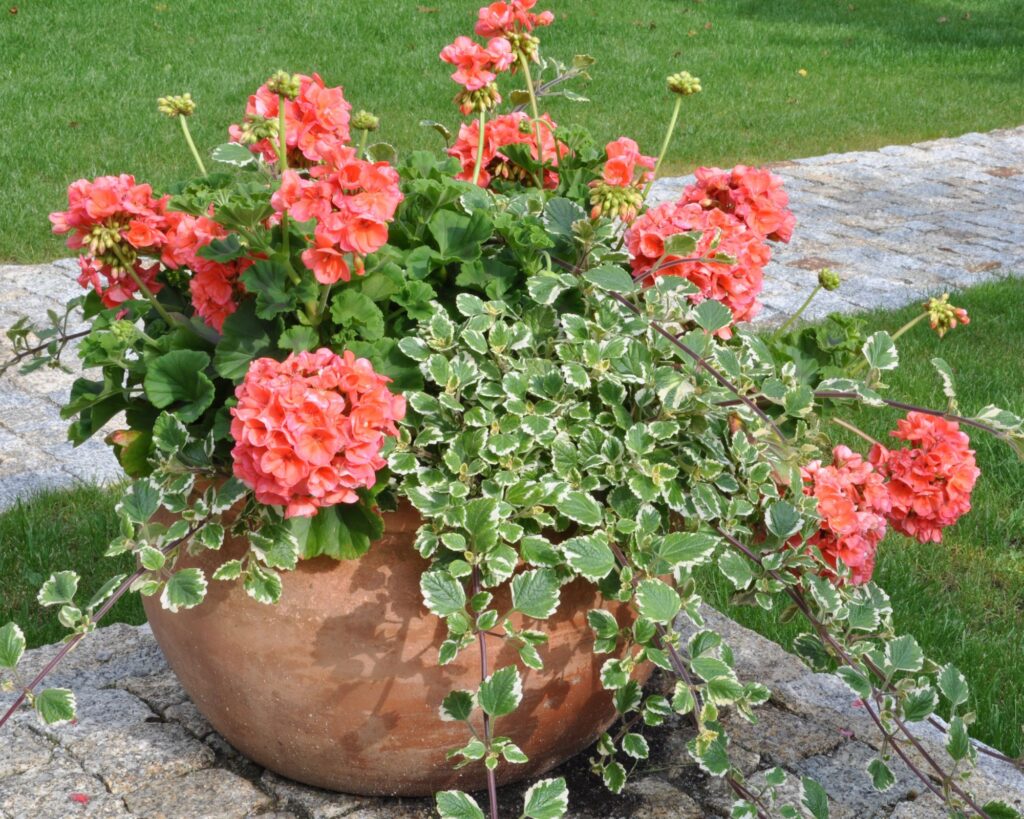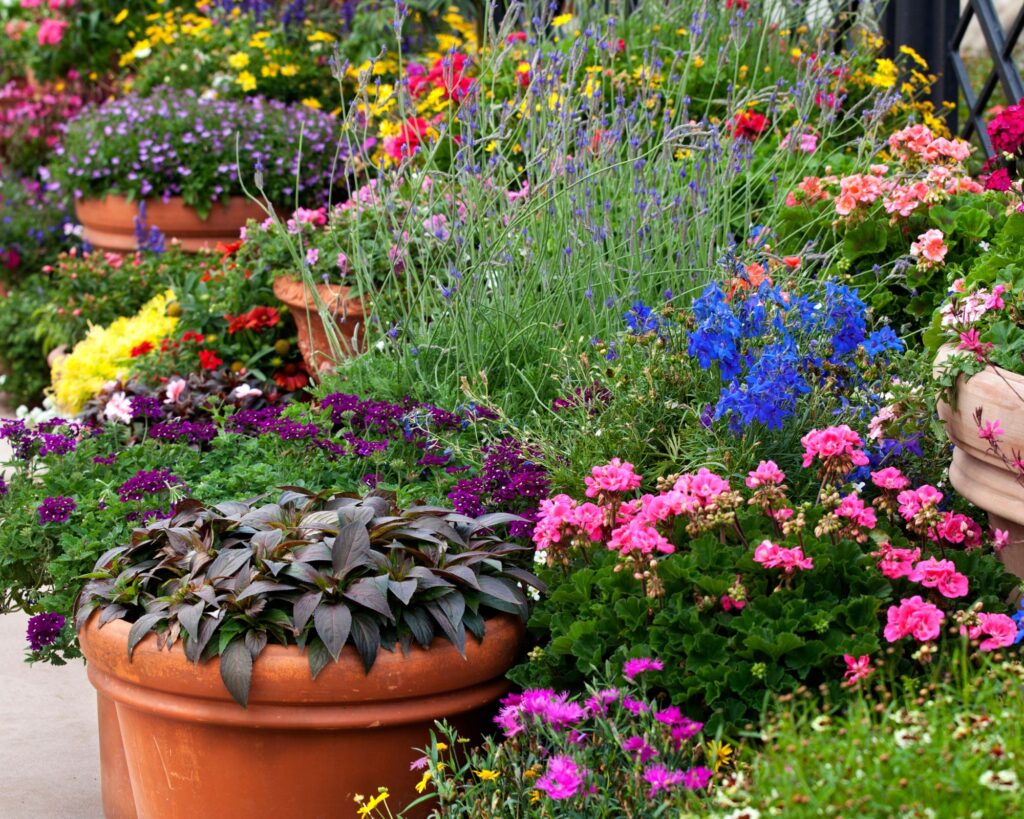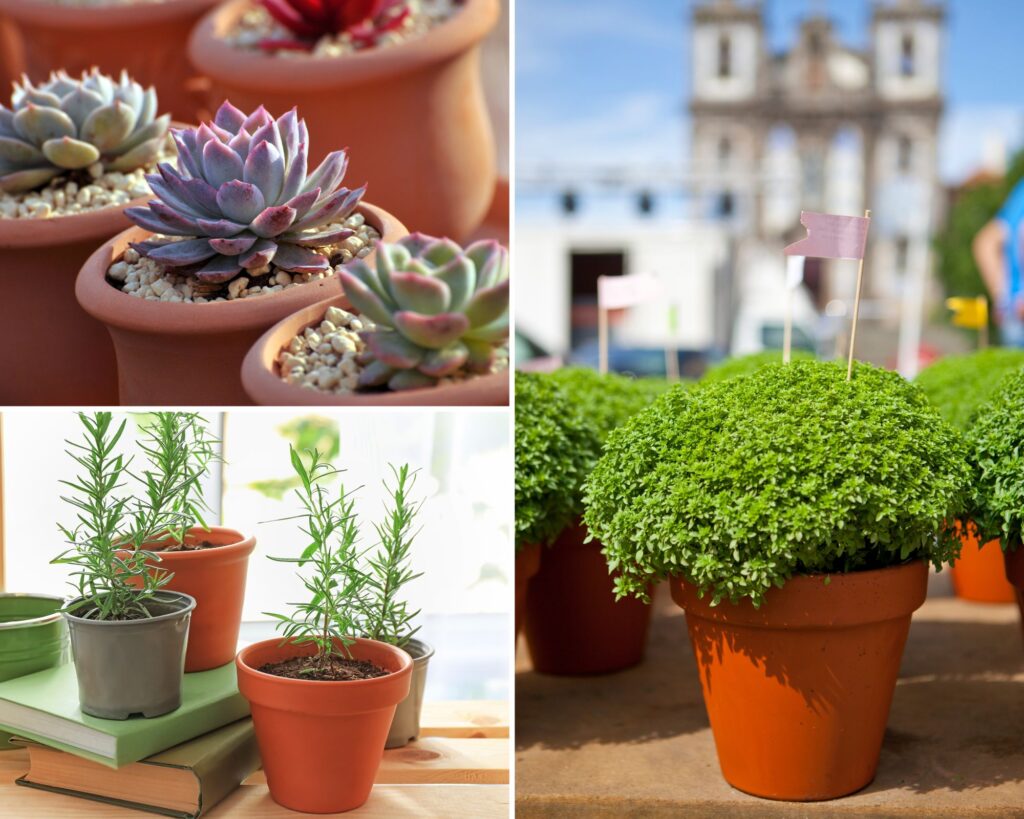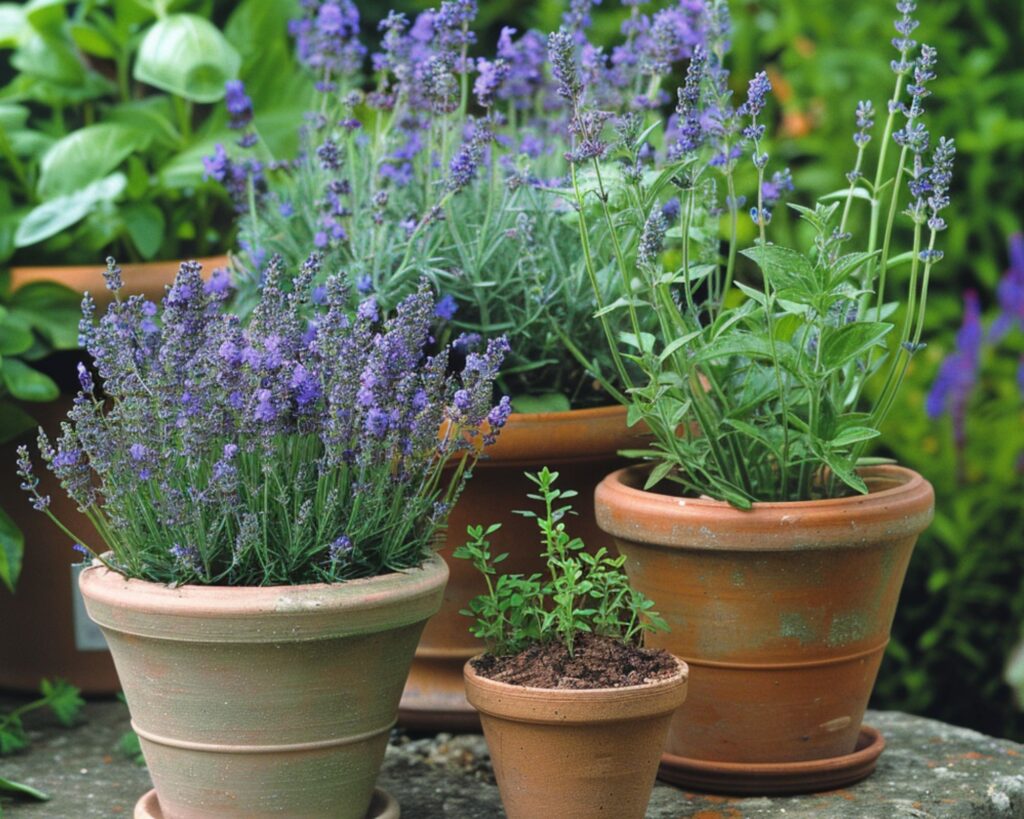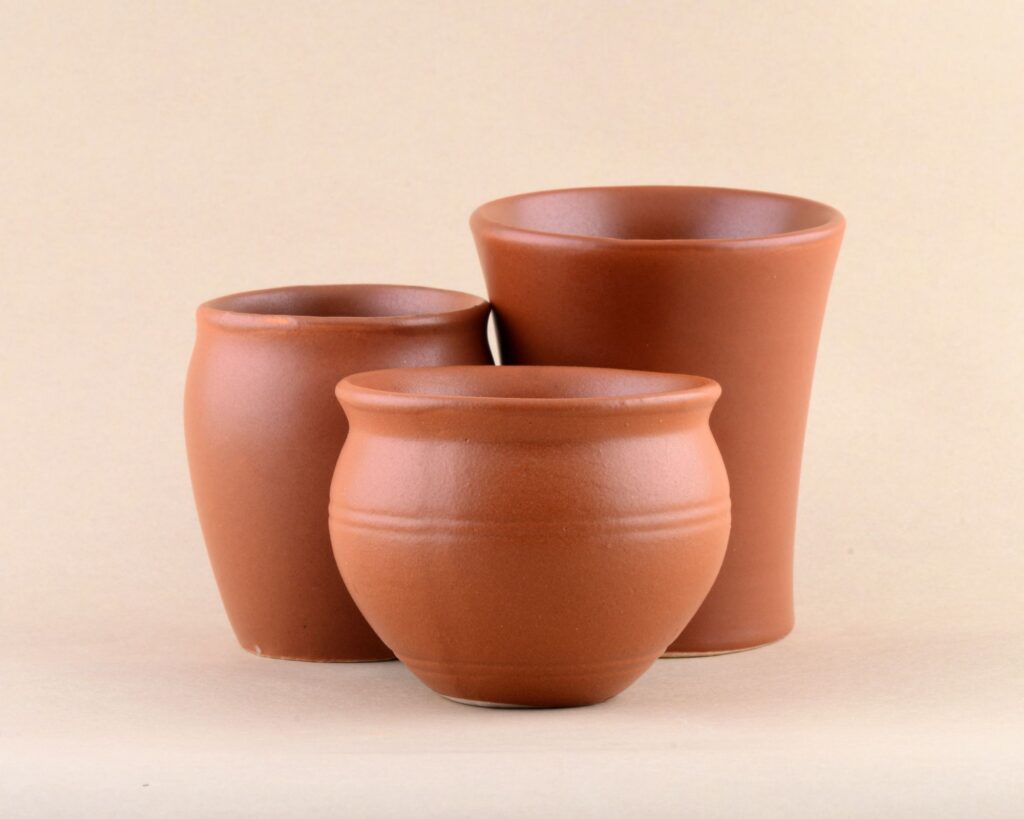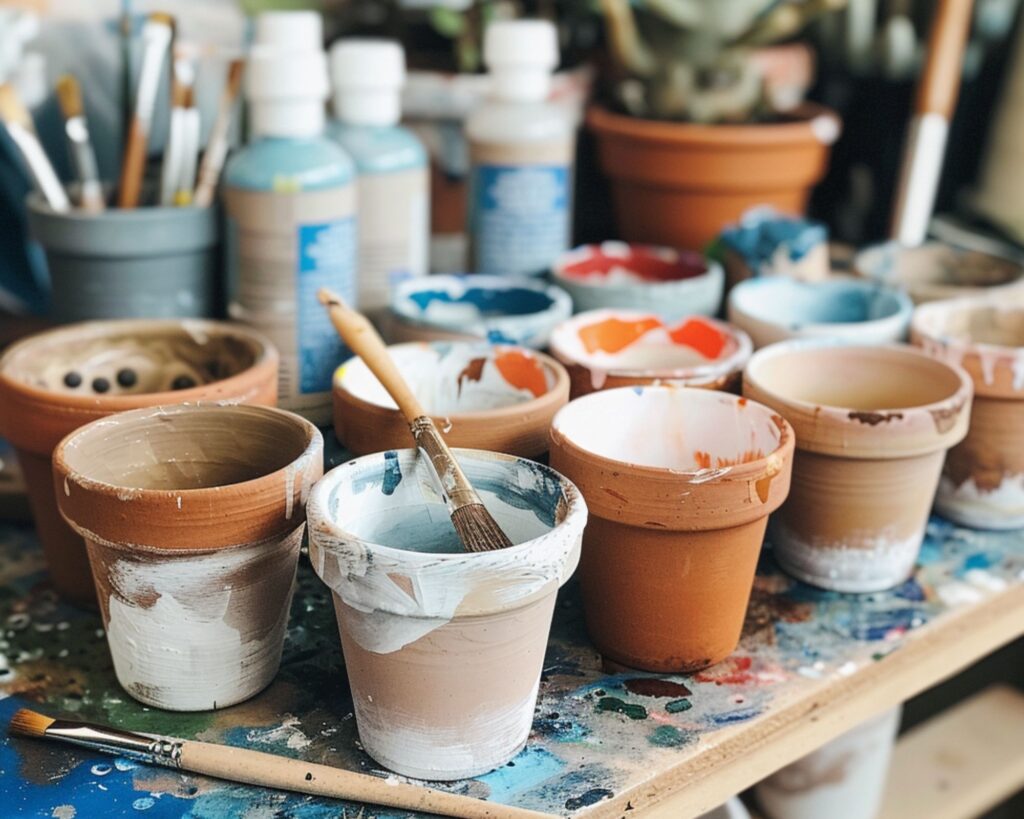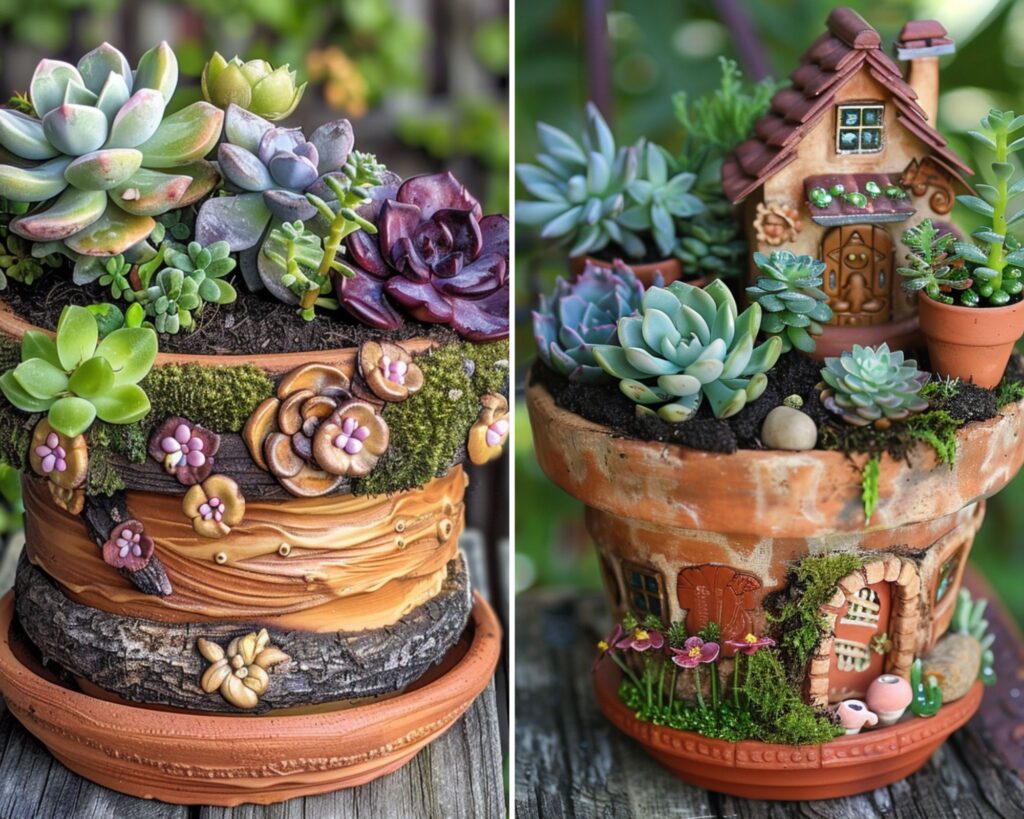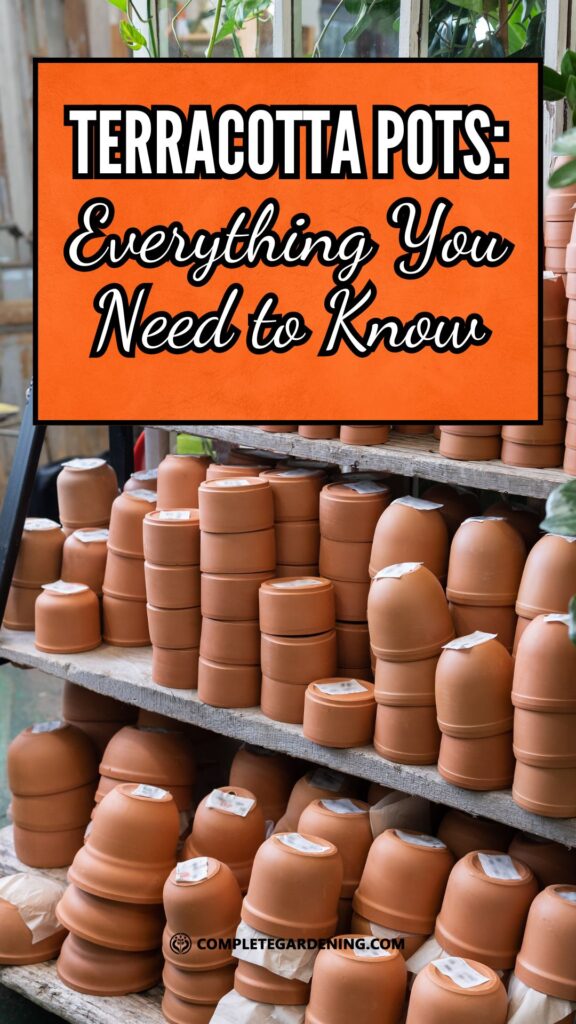Terracotta pots have stood the test of time as a gardener’s best friend, but before you rush to add them to your plant collection, there are crucial insights you need to know.
Unlocking the secrets of terracotta can dramatically enhance your gardening success. Whether you’re a novice or a seasoned pro, these must-know tips will keep your plants flourishing.
Let’s explore how these pots can regulate moisture, breathe life into your plants, and what you need to watch out for to avoid mishaps. Ready to elevate your gardening skills? Read on!
The Basics of Terracotta
Learn about what terracotta is made of and why it is a popular choice for garden pots. Explore the inherent benefits that come with using terracotta pots in your gardening.
Terracotta is a type of earthenware, made from natural clay that is fired at a high temperature. This process gives terracotta its distinctive reddish-brown color and porous nature.
Terracotta pots are typically unglazed, which means they can absorb and release moisture. This makes them an excellent choice for plants that prefer a drier root environment.
You’ll often find these pots in various shapes and sizes, making them versatile for different plant species and garden styles.
Benefits of Using Terracotta Pots
Breathability: The porous nature of terracotta allows air and water to move through the walls, preventing root rot and promoting healthy root growth.
Temperature Regulation: Terracotta pots naturally regulate soil temperature. On hot days, they keep roots cool; on cooler days, they help prevent soil from getting too cold.
Aesthetic Appeal: Terracotta pots add a rustic, charming look to any garden or home. Their natural color complements a wide range of plants and garden designs.
Eco-Friendly: Since terracotta is made from natural clay, these pots are biodegradable and environmentally friendly.
Best Plants for Terracotta Pots
Choosing the right plants for terracotta pots involves understanding their specific needs and the characteristics of terracotta containers. This includes selecting plants that thrive in the porous and breathable material of terracotta pots.
Terracotta pots are perfect for succulents and cacti due to their excellent drainage. The porous material dries out quickly, preventing root rot common in these drought-tolerant plants.
Herbs like basil, rosemary, and thyme also do well in terracotta. They thrive in the well-drained soil these pots provide, which is ideal for their growth.
You may also consider Mediterranean plants such as lavender and oregano. These plants are accustomed to dry, warm conditions and will flourish in terracotta.
Considerations for Plant and Pot Compatibility
Evaluate the size of the plant relative to the pot. Small plants need smaller pots; large plants require bigger containers to give roots space to grow. Always consider root depth when choosing a pot size.
Drainage holes are crucial. Ensure your terracotta pots have adequate drainage to prevent waterlogging. This is particularly important for plants prone to root rot.
Make sure to consider the climate. In hot and dry climates, terracotta pots may dry out too quickly. You might need to water more frequently, especially for water-loving plants like ferns.
Seasonal Care Tips
Terracotta pots require regular care to ensure their longevity and the health of your plants. Paying attention to seasonal changes and proper cleaning can make a big difference.
In colder months, terracotta pots can crack due to freezing and thawing. To prevent this, avoid leaving them outside in freezing temperatures. It’s best to move them indoors or to a sheltered area.
During hot months, these pots can dry out quickly. Regular watering and using mulch can help retain moisture. Placing the pots on small trays filled with pebbles and water can also maintain humidity.
Using a breathable sealant on the exterior can help protect the terracotta from harsh weather. Consider applying a sealant at least once a year.
Cleaning and Storage
Over time, terracotta can develop a white crust from mineral deposits. Use a mixture of equal parts vinegar and water to scrub these deposits off.
If not in use, store terracotta pots in a dry, cool place. Stack them carefully to avoid chipping or cracking. Wrapping them in newspaper or bubble wrap can offer extra protection.
For a thorough clean, soak the pots in warm, soapy water for about an hour. Then scrub with a brush to remove any remaining dirt or mold. Rinse well and allow to air dry completely before using again.
Personalizing Your Terracotta Pots
Terracotta pots are perfect for adding personal flair! With acrylic paint, stencils, or chalk paint for a rustic touch, you can transform them into beautiful, custom decor pieces easily. Let your creativity shine on these versatile plant holders.
Materials Needed:
- Acrylic paint
- Brushes
- Stencils
- Painter’s tape
- Chalk paint
Steps for Customization:
- Clean the Pot: Ensure it’s free of dust and grime.
- Base Coat: Apply a base coat of acrylic or chalk paint.
- Design: Use stencils and tape for patterns.
- Detailing: Add finishing touches with finer brushes.
DIY Projects and Ideas
Terracotta pots can be repurposed in numerous creative ways. Turn them into fairy gardens, candle holders, or even bird baths. Stack different sizes to create tiered planters for a dynamic display.
Ideas to Try:
- Fairy Garden: Use mini plants, tiny furniture, and decorations.
- Candle Holders: Paint the pots, turn them upside down, and place candles on top.
- Bird Bath: Stack pots, with the largest at the base, and place a saucer on top.
Materials Needed:
- Mini plants and fairy garden decorations
- Candles and paint
- Various pot sizes and a large saucer
These projects transform ordinary terracotta pots into multifunctional and eye-catching decor.
Terracotta pots offer a blend of practicality and aesthetic appeal that has made them a gardening favorite for centuries.
By understanding their benefits, such as excellent breathability and natural temperature regulation, as well as their challenges, like weight and fragility, you can make informed decisions to enhance your gardening success.
Proper plant selection and regular maintenance are key to maximizing the advantages of terracotta pots. Additionally, their versatility allows for creative personalization and unique decorative projects.
Whether you are a novice or an experienced gardener, integrating terracotta pots into your gardening routine can lead to healthier plants and a more beautiful garden.
